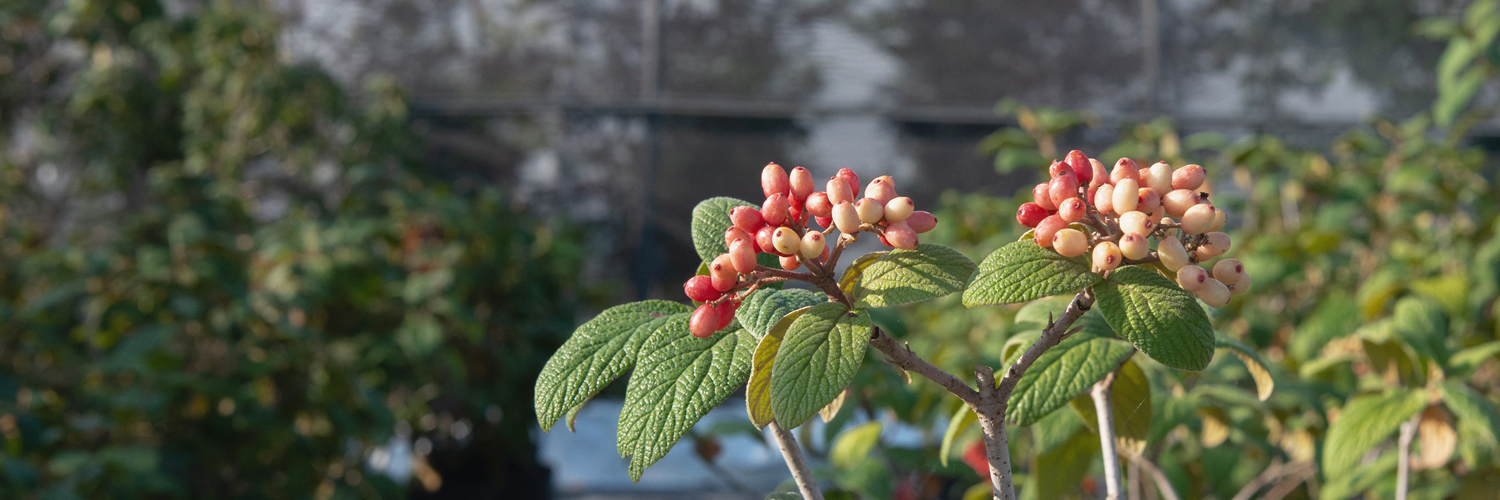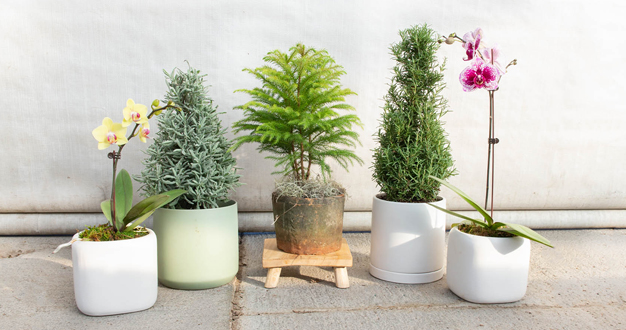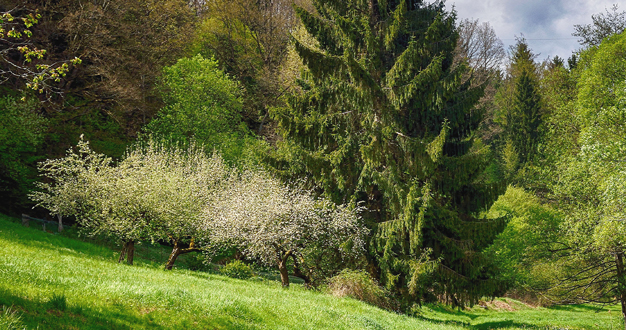
A truly beautiful landscape is constantly evolving. Some plants bloom in the spring, some have amazing fall foliage, and others wow us with their interesting seeds or branch structure in the winter. But when one plant offers something beautiful to enjoy in every season, that’s like winning the landscape jackpot. And here, we share a few of our favorite year-round stars for your outdoor spaces.
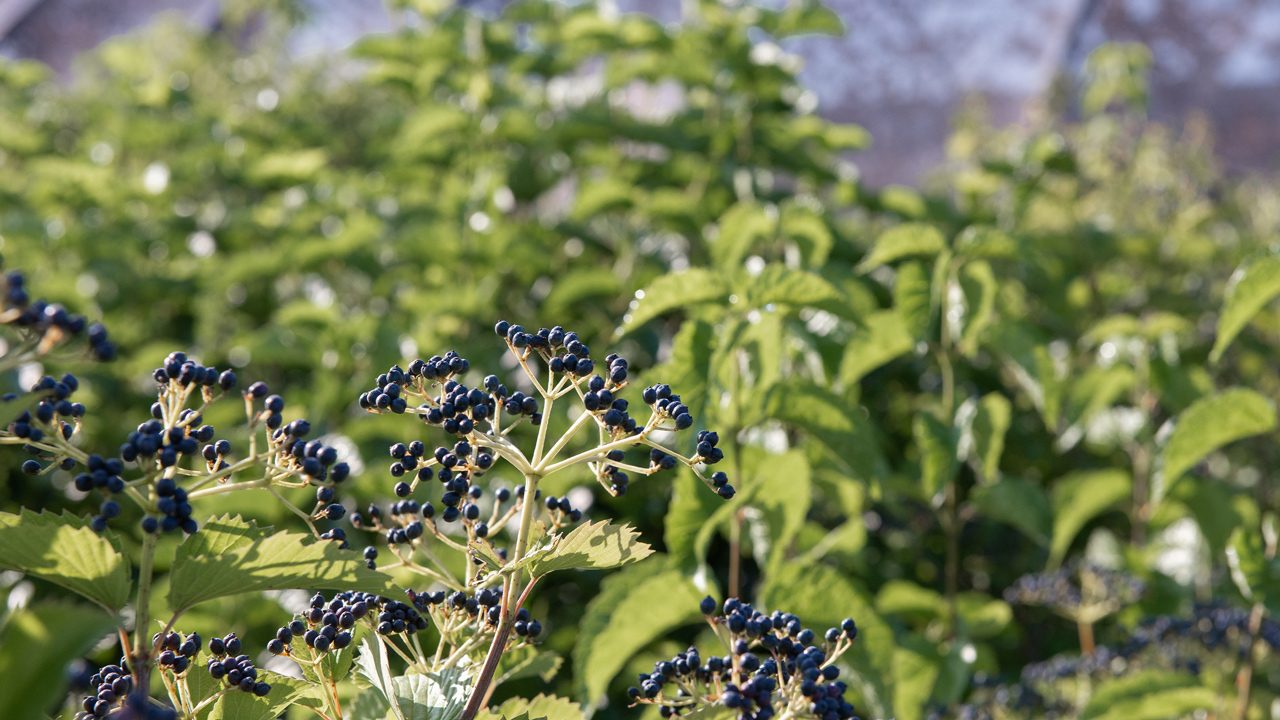
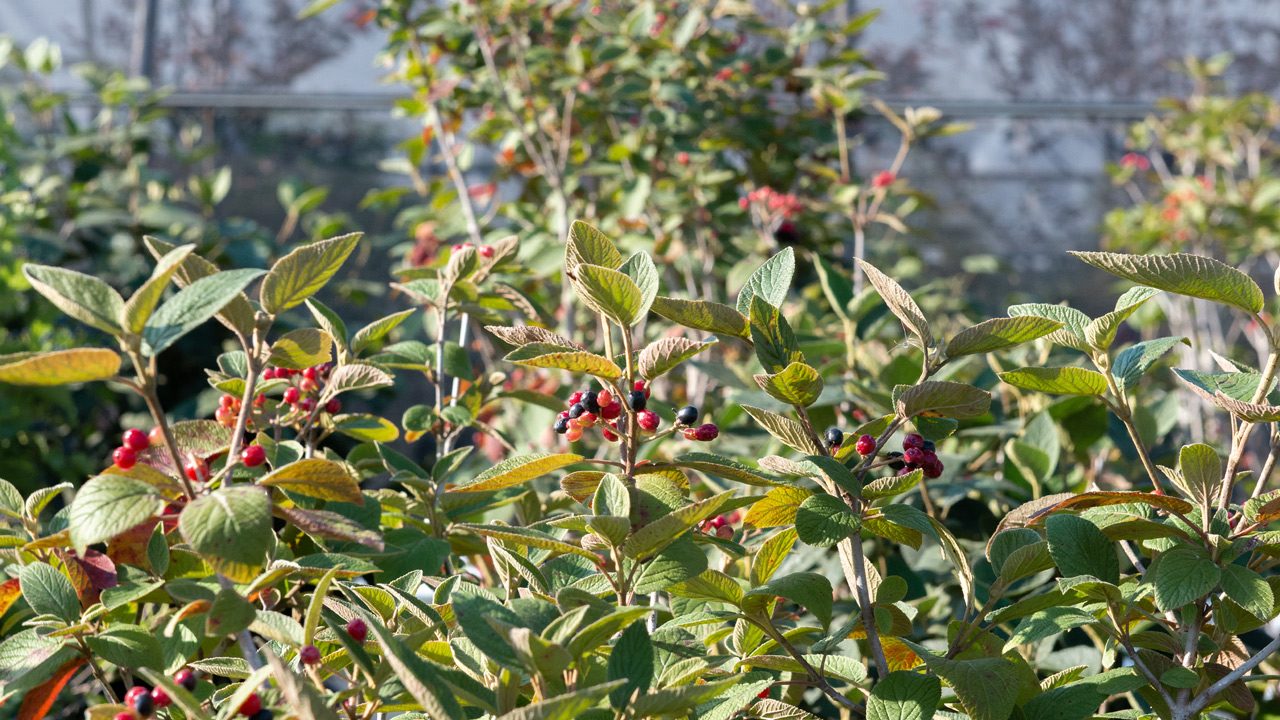
Viburnum // Viburnum spp.
Texture, blooms, fruit, and fall color – throughout the year, viburnums offer all of it and in amazing variety too. Each aspect of this shrub – from its leaf texture to the shape of its bloom clusters to the color of its berries – comes in a wide array of choices to suit your style and landscape. From spring all the way through winter, viburnum never quits being a stand-out in your outdoor space.
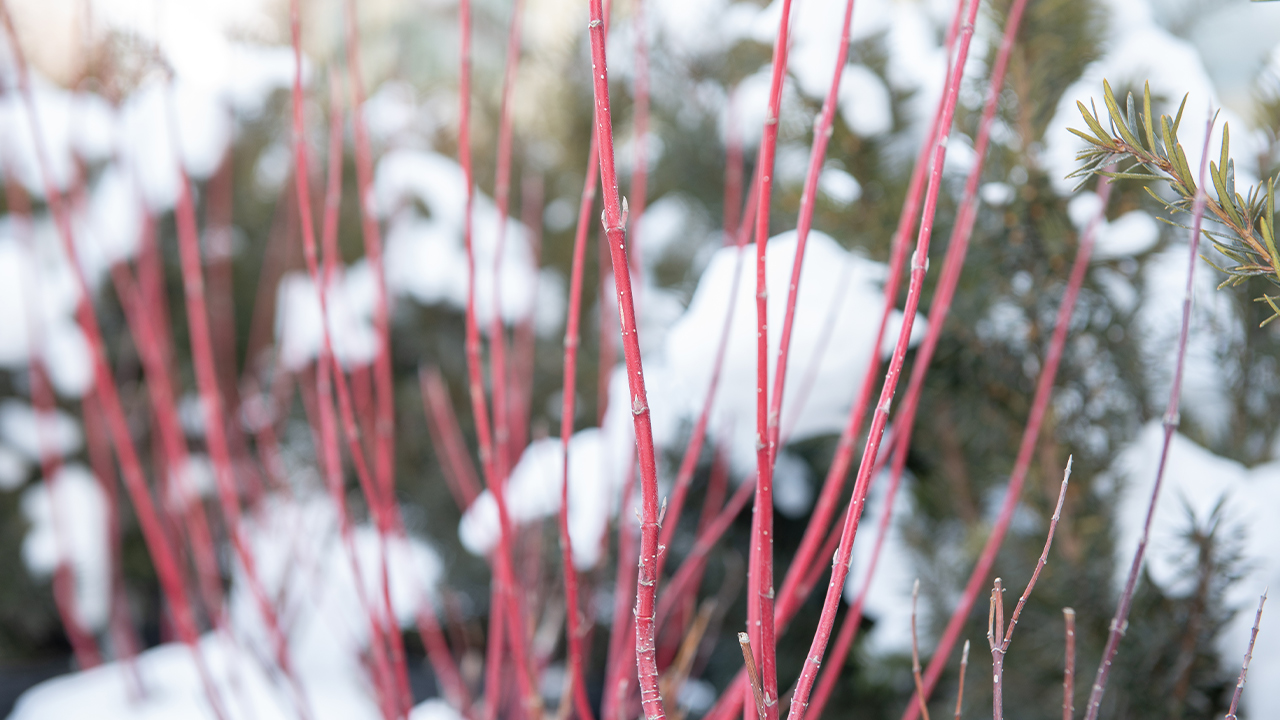
Red Twig Dogwood // Cornus sericea
While many landscape plants offer subtle winter “interest” as one of their added perks, for red twig dogwood, its winter display can steal the show. Throughout the rest of the year, red twig dogwood is an attractive shrub with tiny clusters of white flowers in the spring, whitish berries in the summer, and red-tinged green foliage. But after its purplish fall foliage drops away, red twig dogwood stands out in brilliant color. Its upright red stems shine even brighter through the winter and contrast beautifully against a snowy lawn or a backdrop of evergreen needles.
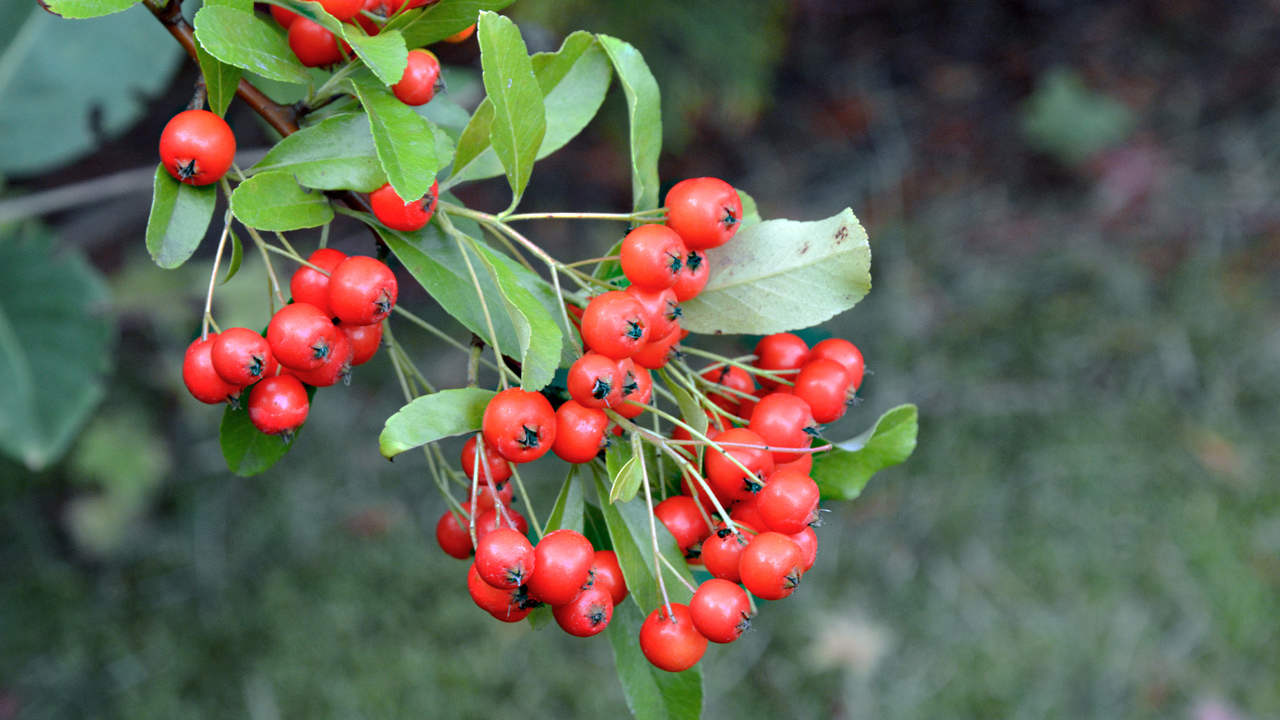
Winterberry // Ilex verticillata
Winterberry is a deciduous holly shrub native to stream beds and other wet areas in our eastern deciduous forests. And like red twig dogwood, winterberry’s common name gives away its most famous feature in the landscape. Beginning in the fall, loads of long-lasting, bright red berries appear thickly along the branches, and after the leaves drop, they completely take over the show for the winter. Birds love them – you might spot a cedar waxwing or two looking for a treat – and you might take a few cuttings for an indoor display as well. In the spring, the flowers are tiny and inconspicuous, but the bees love them anyway. And the dark green, pointed foliage provides a dramatic backdrop for all the bright colors in your summer landscape too.
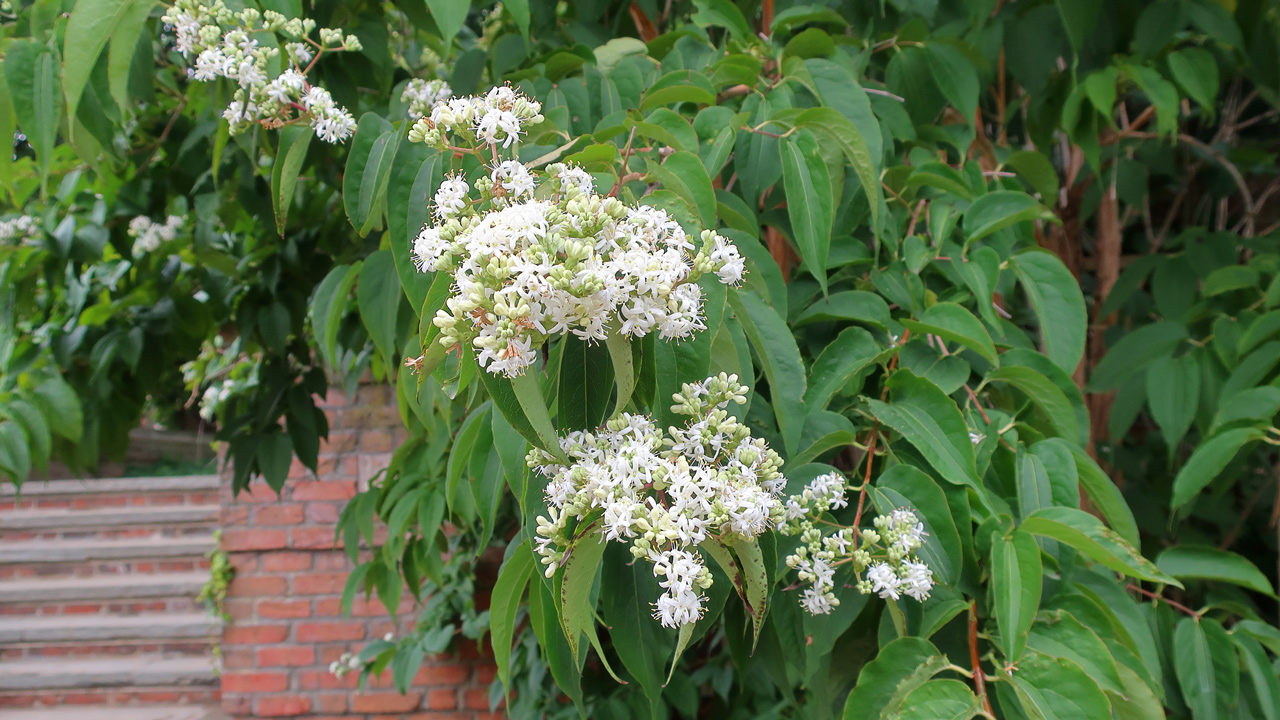
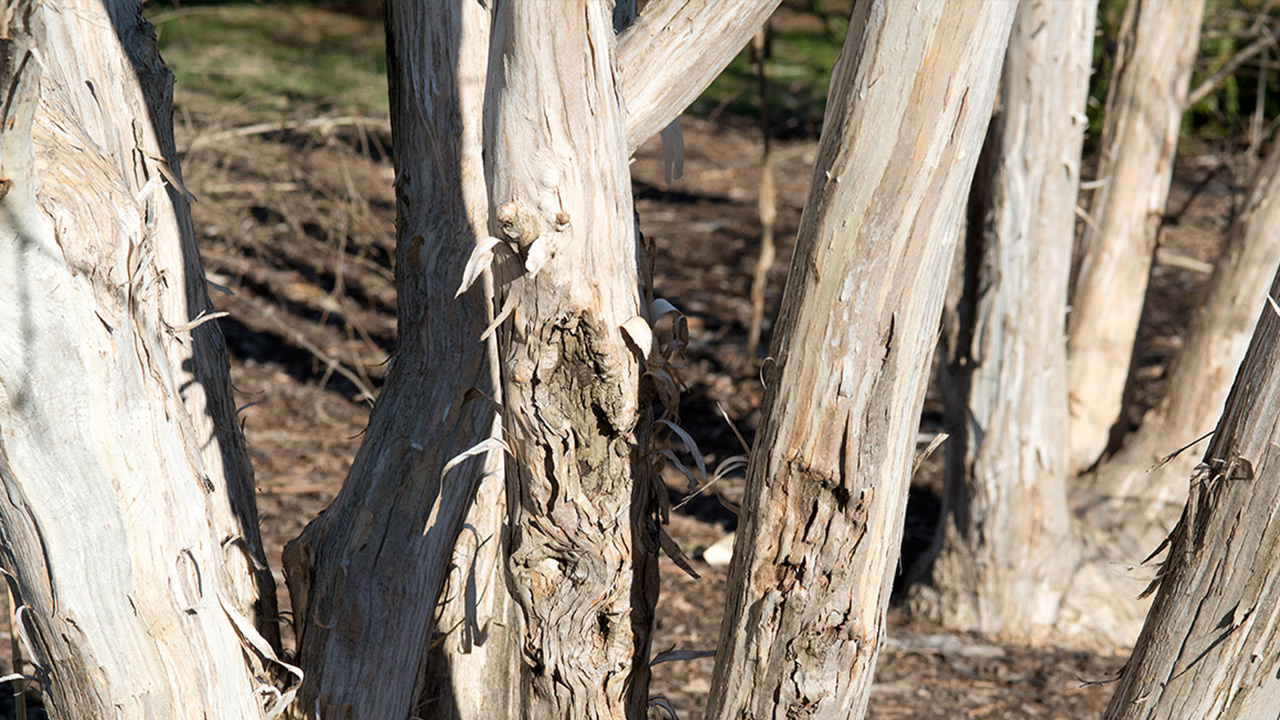
Seven-Son Flower // Heptacodium miconioides
Depending on how it’s cultivated in the landscape, seven-son flower can grow as a large, multi-stemmed shrub or a small tree. In the spring and summer, its narrow foliage droops downward, creating a unique texture among your other shrubs. In contrast to most flowering shrubs and trees, seven-son blooms in the late summer and early fall, giving a welcome source of nectar to migrating butterflies and other pollinators. After the flowers fade, an even brighter show of reddish-purple fruits surrounded by rich pink, petal-like calyces begins. Even in the winter, seven-son is impressive with its two-tone exfoliating bark.
Photo left by Cultivar413 // Photo right by Plant Image Library.
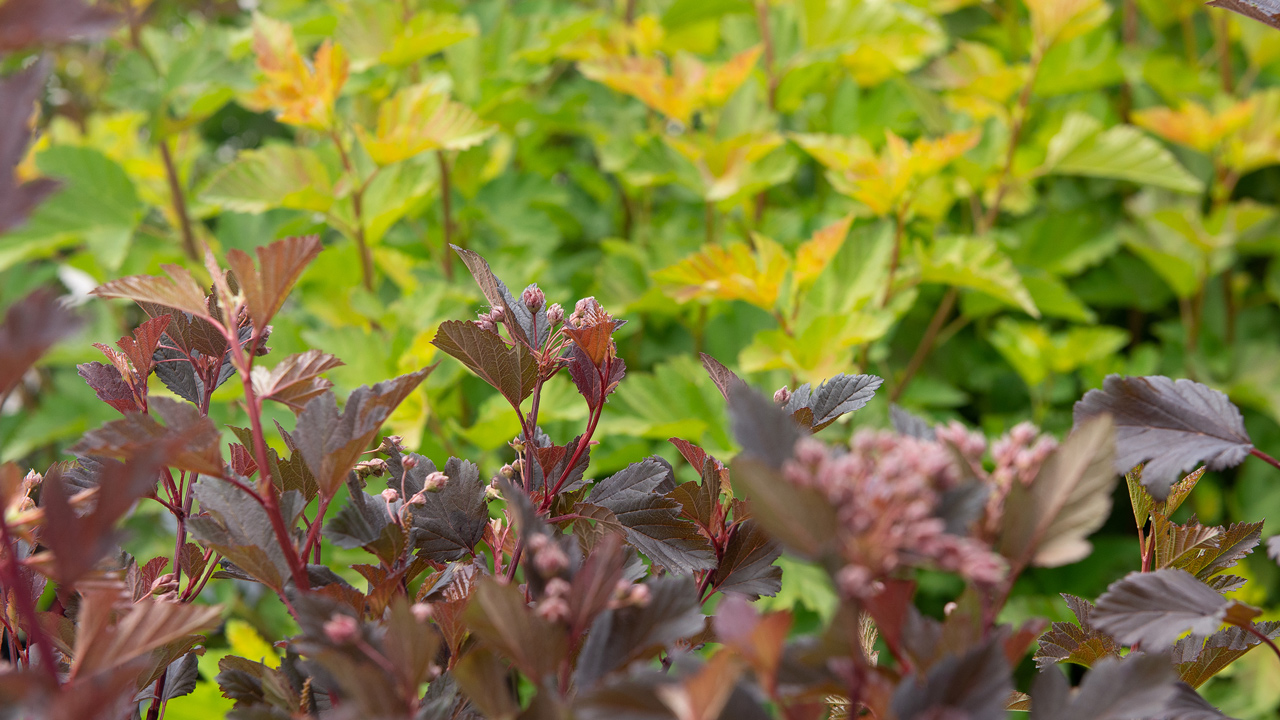
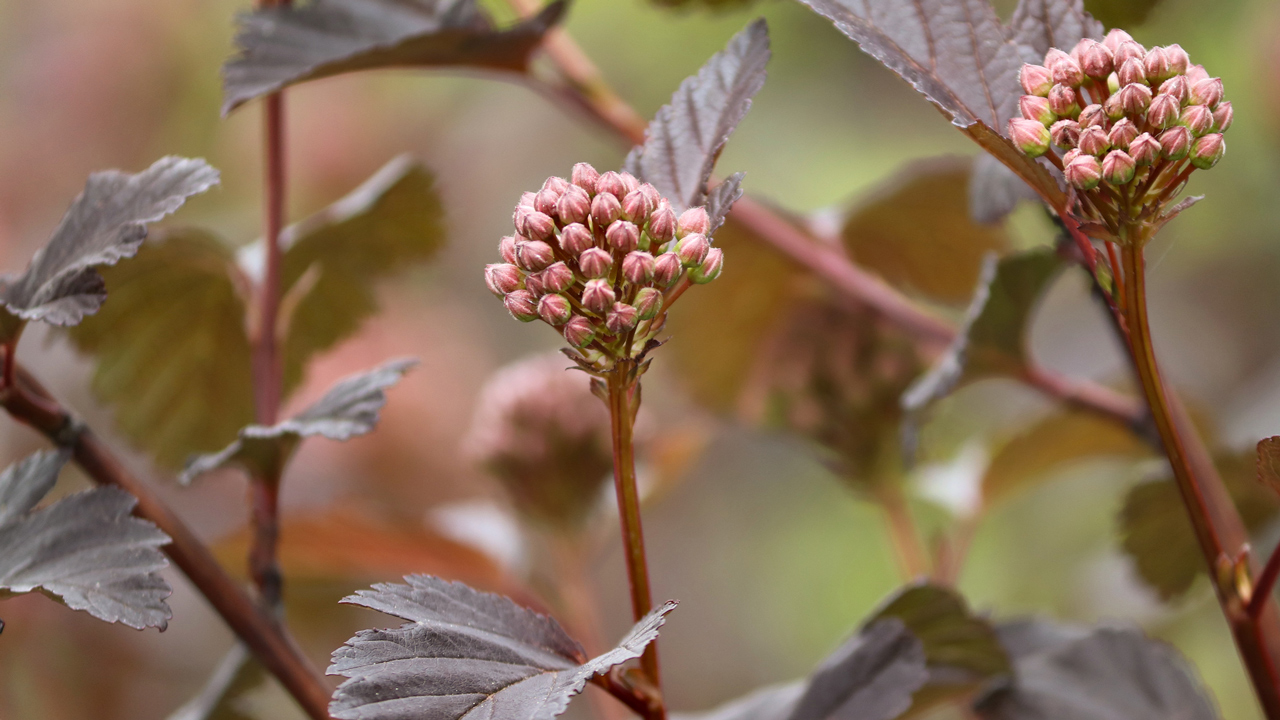
Ninebark // Physocarpus opulifolius
Ninebark is a beautiful North American native understory shrub known for its heat-tolerance and easy maintenance in the landscape. Ninebark gets its common name from the way its exfoliating bark reveals multiple colorful layers in the winter. Through the growing season and into the fall, its textured foliage appears in colors from rich burgundy to almost neon yellow, depending on the cultivar. In the spring, bees and butterflies flock to the abundant clusters of tiny flowers. Ninebark is also a host plant for some caterpillars too – your neighborhood birds will love that.
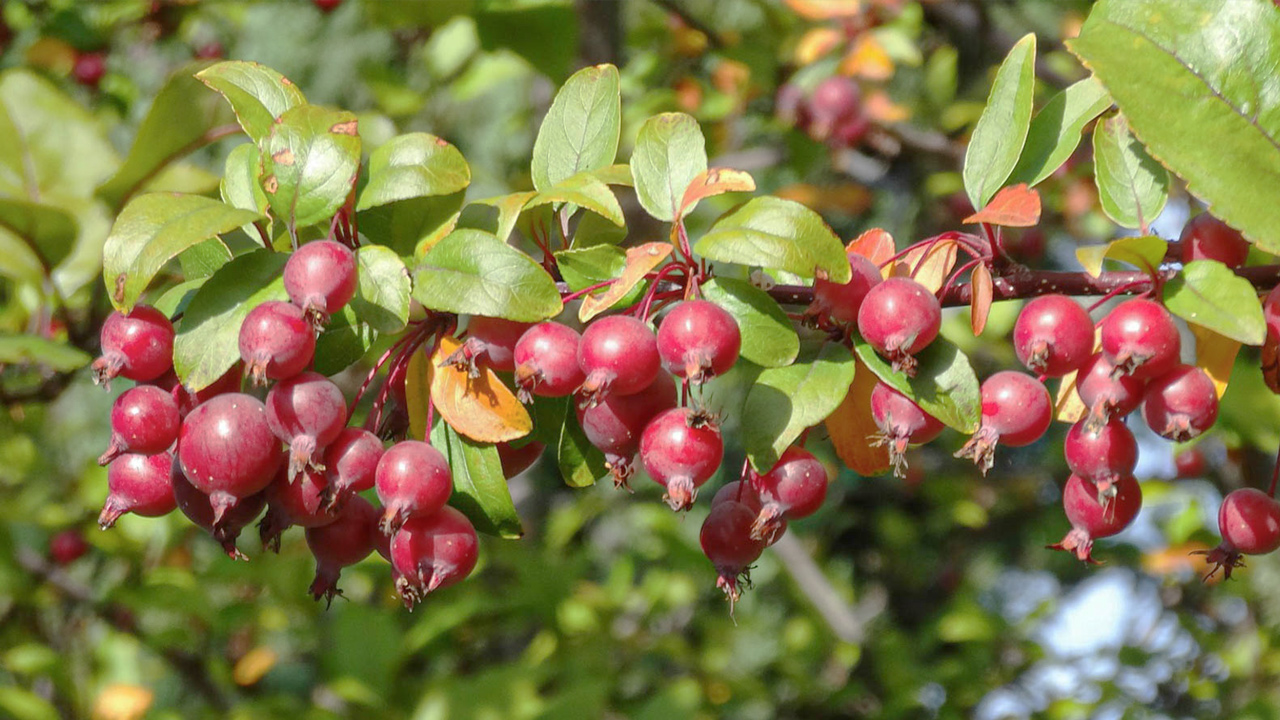
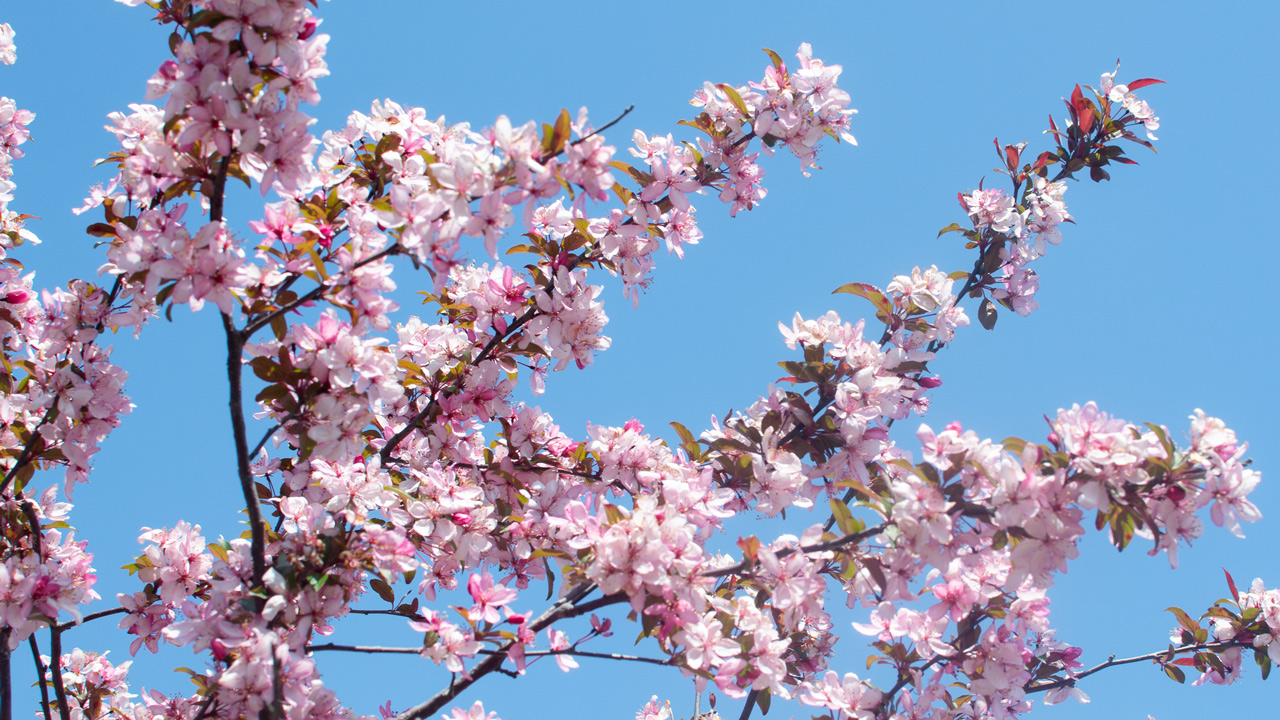
Crabapple // Malus spp.
Crabapple is one of the most popular understory trees in our urban landscapes. Among the different cultivars, you’ll find an amazing variety of bud and bloom colors for the spring plus an array of colors in the summer foliage too. In the summer, an abundant crop of dangling fruits keeps the color going – and invites the busy activity of local birds. And in the winter, crabapple’s unique branching structure adds architectural interest to the landscape as well.
Find a Four-Season Star for Your Landscape
Fall is an ideal time for planting a new addition in your landscape, and with one of these four-season beauties, you’ll enjoy your new plants all year long. Come take a walk through the Nursery Yard, enjoy the beautiful fall weather, and let us help you find the right plant for the right spot this fall.

